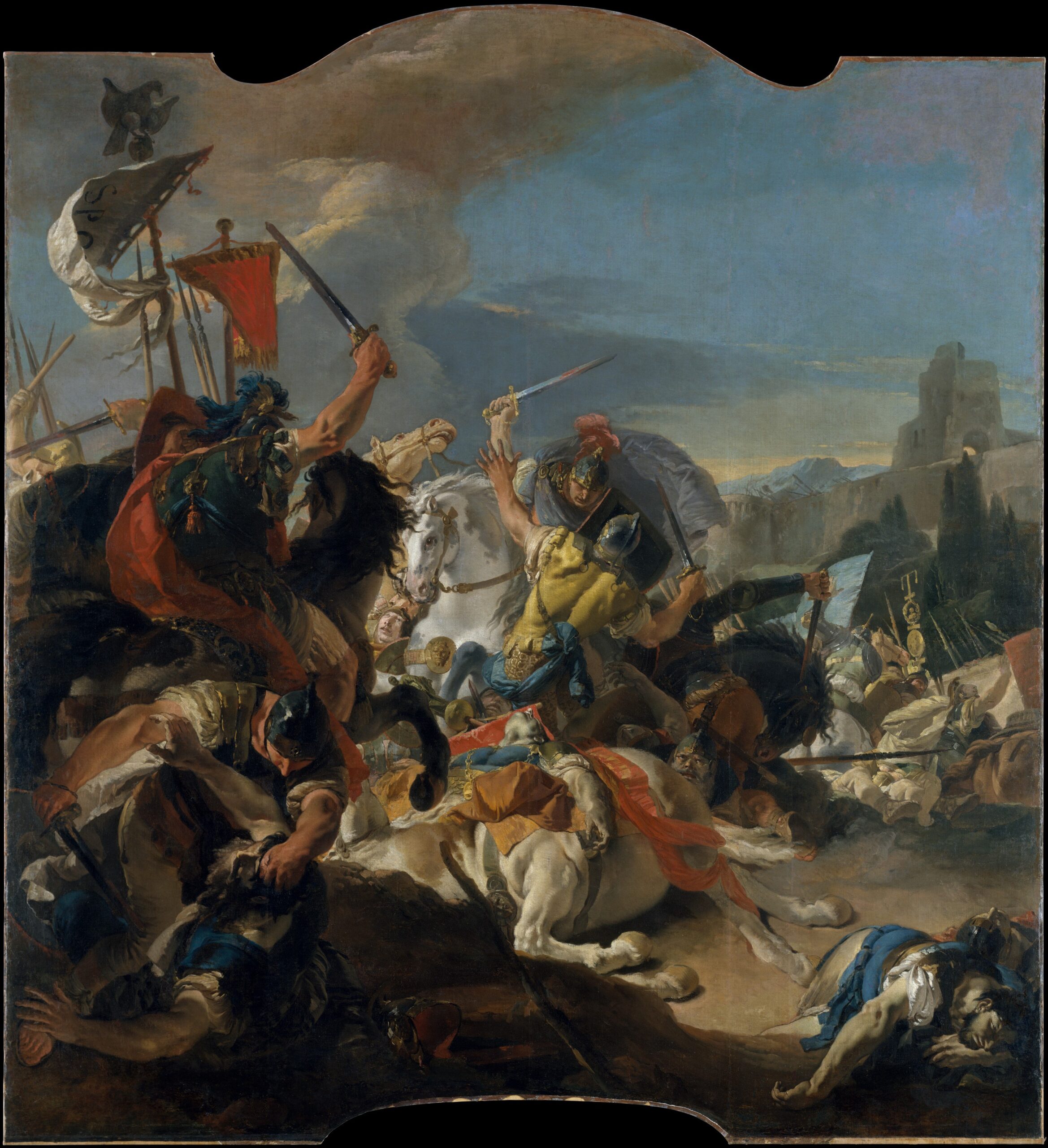In Dungeons and Dragons, there is a vibrant community that is thriving and full of intriguing discussions. Action Economy is one of those words that gets thrown around a lot and is part of the community’s jargon. It’s easy to gloss over it and not pay it much mind. We are going to dive into the question “What is Action Economy, and why should you think it’s important” so that you can use it for your own combat encounters.

What exactly is “Action Economy” anyways?
To be frank with you, I had no idea what this was when I first started hearing about it. My eyes would gloss over it and I’d probably even drool a little whenever I did see it mentioned. Now that I understand it, I can not express how important it is to consider the Action Economy when it comes to planning combat encounters of any kind.
To put it simply, Action Economy is the total amount of actions a creature has throughout one round of combat. The count also considers other things you can do in battle such as reactions, bonus actions, free actions, using sorcery or monk points, etc. A well known and simple rule of the Action Economy is that whichever side of combat has more opportunities to hit, they will then have more opportunities to inflict damage. An unbalanced encounter can quickly go downhill and lead to either a frustrating or boring game.
It is easy to think as a new DM “well my group has four members, that means If I want to have a good encounter, I should put them against four other foes that have similar health and AC.” This mindset can easily lead to a TPK, which unless you’re a DM with a sadist complex, I’d avoid this.

Sign Up for Our Newsletter
We send a monthly email with subscriber only perks, updates about the website, and other stuff thats happened lately!
Action Economy Expanded Upon
The simple “whoever gets to swing more, hits more” concept is pretty self explanatory. It is when we view the action economy in it’s particulars, we find some fun and interesting ways to enhance our combat.
The first thing that jumps out to me is the monk’s Flurry of Blows ability, rogue’s bonus action Dodge ability.
The monk’s ability to use Ki is a large component to playing the monk class. When you choose to play this class, you are assigned a number of Ki points equal to your monk level. Using the magic of Ki, monks are able to study the energy of magic and direct that energy to make changes to their body in physical ways. A favorite of many is the Flurry of Blows ability. Flurry of Blows allows the player to use one Ki point immediately after taking an attack action to make two unarmed strikes as a bonus action. Two more swings can wring out more damage done to the enemy and can even change the balance of the encounter for a victorious outcome.
While the monk’s ability allows players to add more actions to their action economy, the rogue helps remove the enemies actions. The rogue class has the uncanny ability (pun intended) to use their bonus action to Dodge. The Dodge ability allows the player to focus entirely on avoiding the next attack heading their way. This can lead to a lot of difficulty for the opposing foe. They may use movement to get away and attack someone else or waste an action entirely by rolling with disadvantage and missing their swing.
A notable mention is also the Disengage action, where a player can use their action (or sometimes bonus action as the rogue can) to not trigger opportunity attacks. Opportunity attacks can be the needle that broke the camels back and have it start rolling death saving throws. I remember when we were all playing rogues in my friend’s Saltmarsh campaign and another player didn’t know about Disengage and would be knocked down frequently. Once they became aware, we observed significantly fewer knockdowns.

Monster’s Action Economy
The old dnd saying “if you can do it, so can they” is pretty relevant when it comes to planning on having a balanced action economy. Not only do they have the usual abilities, but stronger foes often herald abilities like multiattack, chain actions, legendary actions, and lair actions.
Multiattack is a pretty common action an enemy can take and usually relates to that specific monster. For instance, the Manticore‘s multiattack allows it to make three attacks: one with its bite and two with its claws or three with its tail spikes. This alone can change your players strategies as they try and navigate around all those pointy attacks.
Chain actions are a term I coined to describe a creature automatically doing another action if it succeeds in completing another action. One of my favorite ones I’ve read about recently was the Shambling Mound’s ability to automatically use the Engulf ability if it successfully lands two slam attacks with it’s Muiltiattack action. It is a interesting tool to use if you want to make combat a little more difficult for your players.
Lair actions are always magical in nature. They are essentially the creatures lair acting of its own accord always at the top of the initiative. This allows for a lot of fun events to happen and really throw your players off the monotone rhythm of hit, miss, try again. The Lich for instance has the juicy ability at the top of initiative to “…call forth the spirits of creatures that died in its lair. These apparitions materialize and attack one creature that the lich can see within 60 feet of it. The target must succeed on a DC 18 Constitution saving throw, taking 52 (15d6) necrotic damage on a failed save, or half as much damage on a success. The apparitions then disappear.” From this alone, you can see how powerful a lair action can be. But we can go futher, we can become… legendary.
Legendary actions/resistances are actions that can be taken at any time within combat, not just within their count of initiative. They usually are allowed an allotted amount of actions then have to either wait til the initiative starts over or it doesn’t replenish at all. For example, the Ancient Red Dragon can choose to succeed a saving throw three times a day or take use one of three legendary actions to make a tail attack at any time (which replenish at the start of its turn).

Time to Roll Initiative!
I believe that all of these things should be considered when you are planning an encounter. Like I mentioned at the beginning of this article, if you have an unbalanced encounter, you can trap yourself into a corner and end up with a TPK.
There are a ton of tools out there that can help you balance your encounter but at the end of the day, I find that feeling out the vibe works out best. You’re the DM, if you want to have something interrupt the battle so that the party can escape, I say do it, but do it tastefully. We’re all still learning the game and the most important thing is to make sure you’re having fun with your friends.
If you’d like to read more, I recommend reading the rest of our blogs here.










Leave a Reply